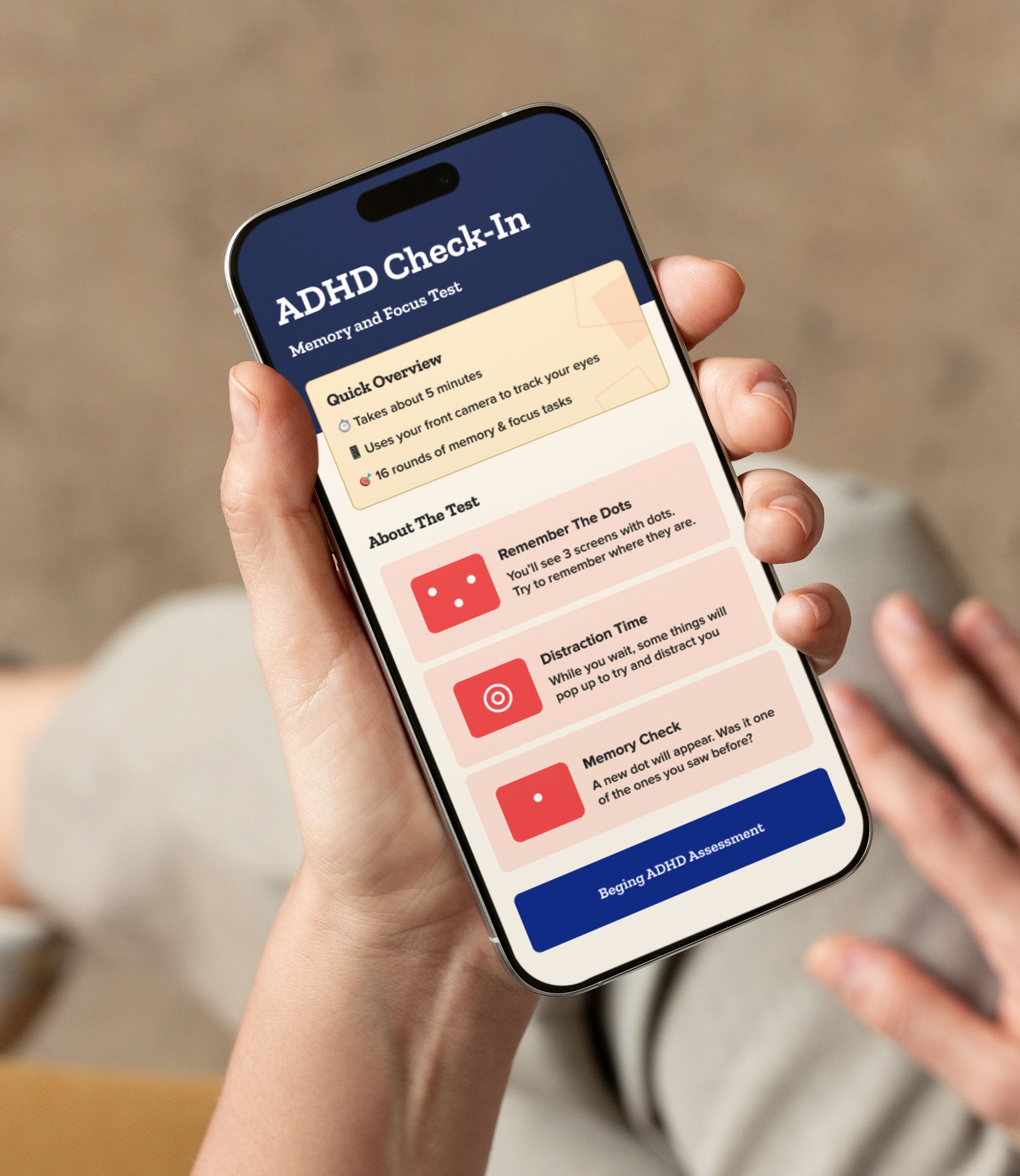Pupillometry as a Precision Biomarker for ADHD Diagnosis
Traditional ADHD diagnostics rely heavily on subjective behavioural assessments prone to bias and misclassification. This study presents pupillometry as an objective, non-invasive biomarker capable of capturing neurophysiological signatures of ADHD through the lens of the locus coeruleus-norepinephrine (LC-NE) system.
Using elastic-net logistic regression on pupil dilation data from children aged 9–13, our model achieved an AUC of 0.969, with 100% precision and 86% recall, outperforming prior benchmarks. These findings support the utility of pupil-based features as a proxy for LC-NE activity and attentional dysregulation, laying the groundwork for integrating physiological endophenotypes into future ADHD diagnostic frameworks.











.avif)






